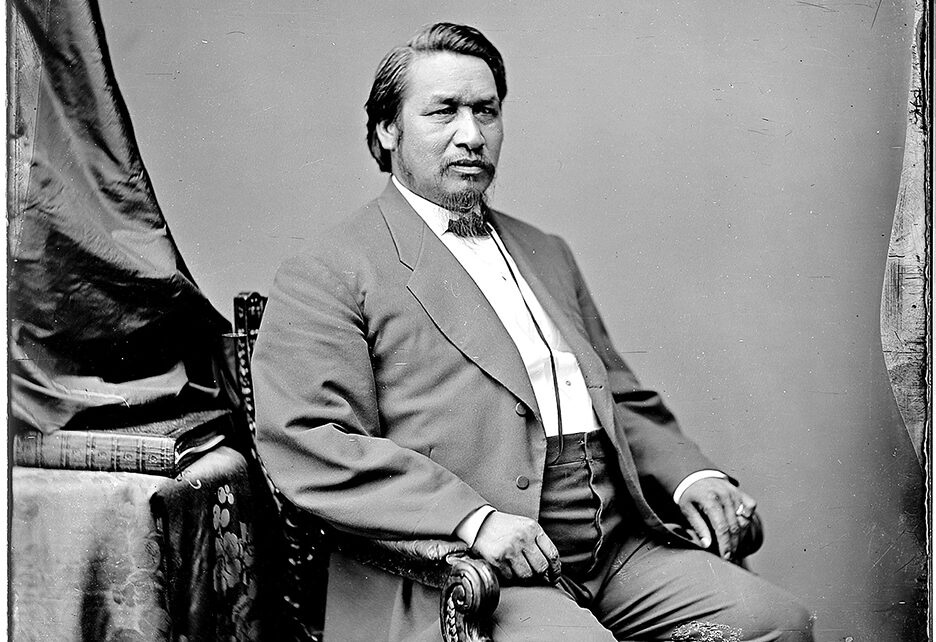December 07, 2021 | eriecanalmuseum.org
December 7, 2021 – Today’s #CanalConnection looks at Ely S. Parker. Parker was born in 1828 on the Tonawanda Reservation in Western New York to prominent members of the Seneca Nation, in which he was named Hasanoanda. Educated in a missionary school, Parker became fluent in both Seneca and English, a skill which eventually led to his association with early American anthropologist Lewis Henry Morgan. Thanks to Morgan’s recommendation, he was able to gain admission to the prestigious Rensselaer Polytechnic Institute, a school founded in large part due to the Erie Canal, to study engineering. Following his time at RPI, Parker’s first job was as an engineer on the Genesee Valley Canal in 1849 and he continued working on New York State canals for approximately 6 years, serving as an engineer in the Rochester area right as the Erie’s enlargement was occurring. Eventually, Parker’s skill as a civil engineer led to a very successful career away from the Erie Canal, including overseeing the construction of a customs house in Galena, Illinois, where he befriended then store clerk, Ulysses S. Grant. A few years later that connection would serve him well, as now General Grant would call on Parker’s engineering prowess in 1863 for the critical Vicksburg Campaign, and he would remain on Grant’s staff until the end of the war. In fact, it’s the end of the Civil War that Parker is perhaps best known for, as it was he who drafted the articles of surrender signed by Robert E. Lee at Appomattox Courthouse. Following the war, Parker continued to be associated with Grant, serving as Commissioner of the Bureau of Indian Affairs during the Grant administration. Parker passed away in 1895 and is now interred in Buffalo’s Forest Lawn Cemetery.
Parker was one of thousands of Senecas whose lives were dramatically changed by the opening of the Erie Canal in 1825. On December 11th we and the Skä•noñh – Great Law of Peace Center invited people to learn more about how the Canal impacted the Seneca when Dr. Joe Stahlman, Director of the Seneca-Iroquois National Museum, virtually presented “The Erie Canal and the Western Door,” looking at this important topic.
Visit https://eriecanalmuseum.org/ for more information.




